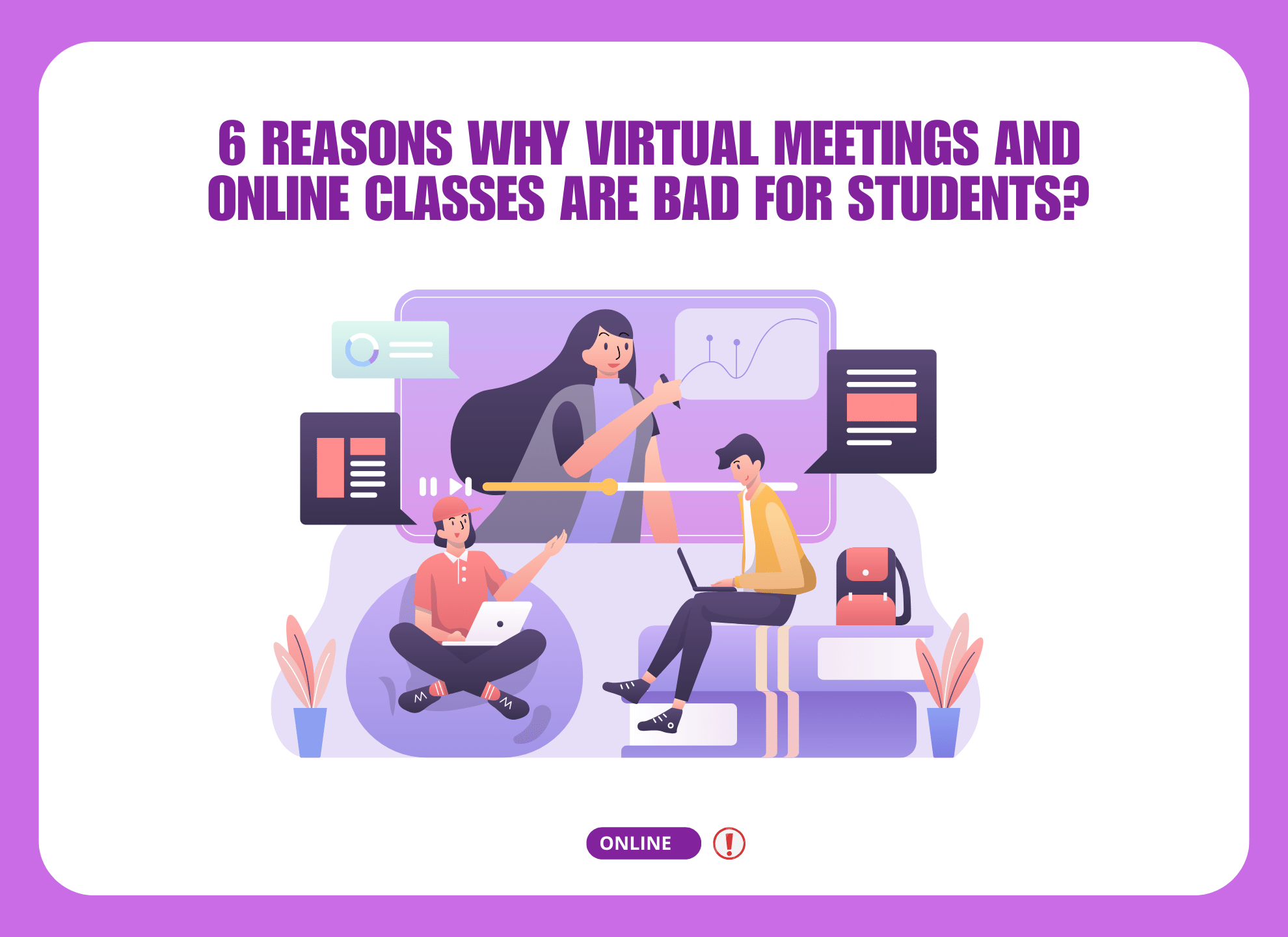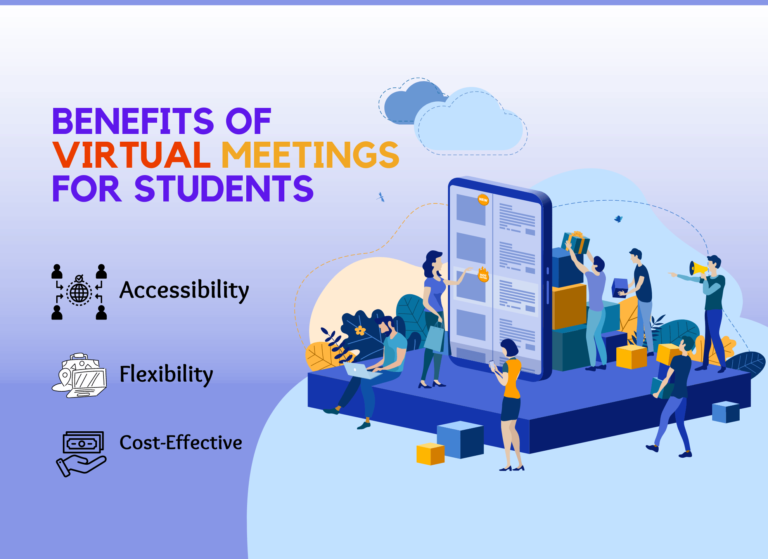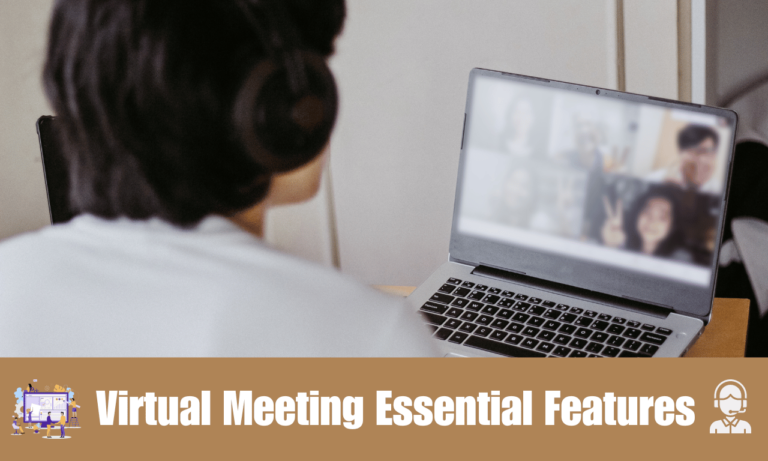
While virtual meetings and online learning have become essential tools in many educational scenarios, there are some challenges and concerns associated with them that can impact students.
Virtual classes provide flexibility in terms of scheduling and location.
Students can access course materials and participate in discussions at times that suit their schedules.
However, despite these advantages, there are still reasons why virtual meetings might be considered challenging for students.
In this guide, we will explore six important factors that can negatively impact students during virtual meetings or online classes.
So, let’s get started.
1. Technical Issues
It is quite normal that not all students have access to reliable internet connections or appropriate devices, leading to potential disparities in the learning experience.
Technical issues such as connectivity issues, audio/video issues, or software compatibility issues can disrupt the learning process and waste more time.
2. Lack of Engagement
Virtual meetings may reduce student engagement compared to face-to-face interactions. Students may find it easier to get distracted or disengaged when attending classes remotely, resulting in potentially high initial participation and attention but a gradual decline later.
3. Screen Fatigue
Prolonged use of digital devices for virtual meetings can contribute to screen fatigue. Staring at a screen for extended periods can lead to eye strain, headaches, and overall discomfort, which can negatively impact students’ attention and well-being.
4. Limited Social Interaction
Traditional classrooms provide opportunities for social interaction and collaboration among students. Virtual meetings may lack personal connection and peer-to-peer interaction, potentially affecting social development and communication skills.
5. Home Environment
Students may face challenges in creating a learning environment at home. Distractions, lack of a dedicated study space, or other home-related problems can affect concentration and hinder effective online learning.
6. Different Learning Styles
Some students may struggle with the transition to virtual learning if it does not align with their preferred learning style. Some individuals thrive on face-to-face interaction and hands-on learning experiences, which may be limited in virtual settings.
Conclusion
It’s important to note that while virtual meetings have their challenges, they also offer flexibility and accessibility for many students. Balancing the advantages and disadvantages of virtual learning is critical, and educators are constantly working to address these challenges and enhance the online learning experience.






